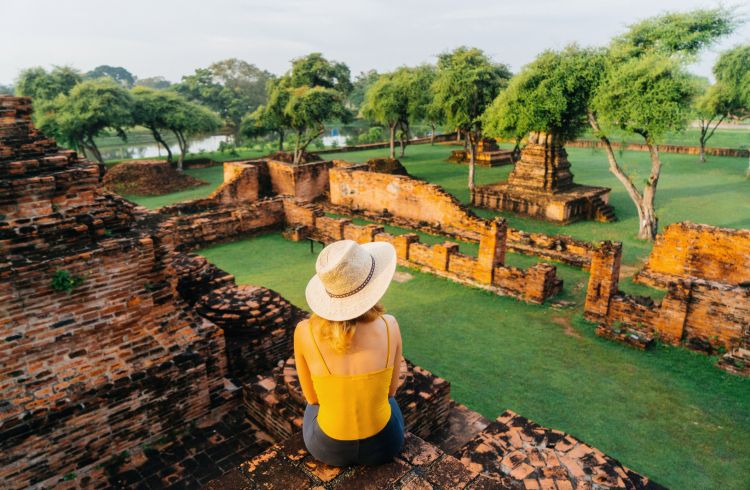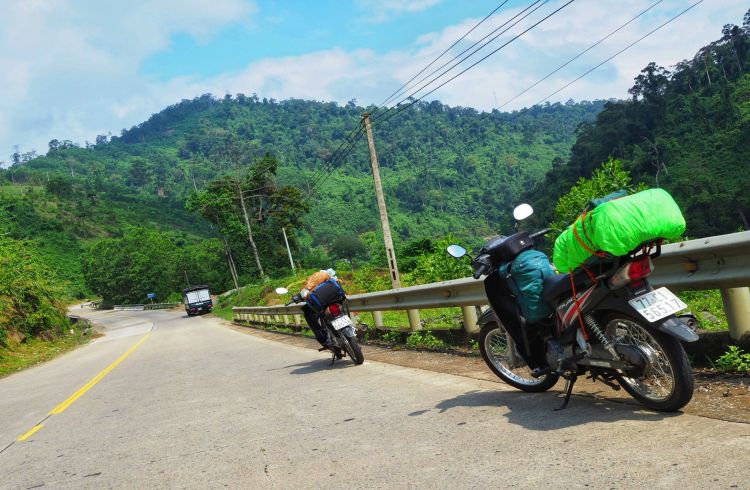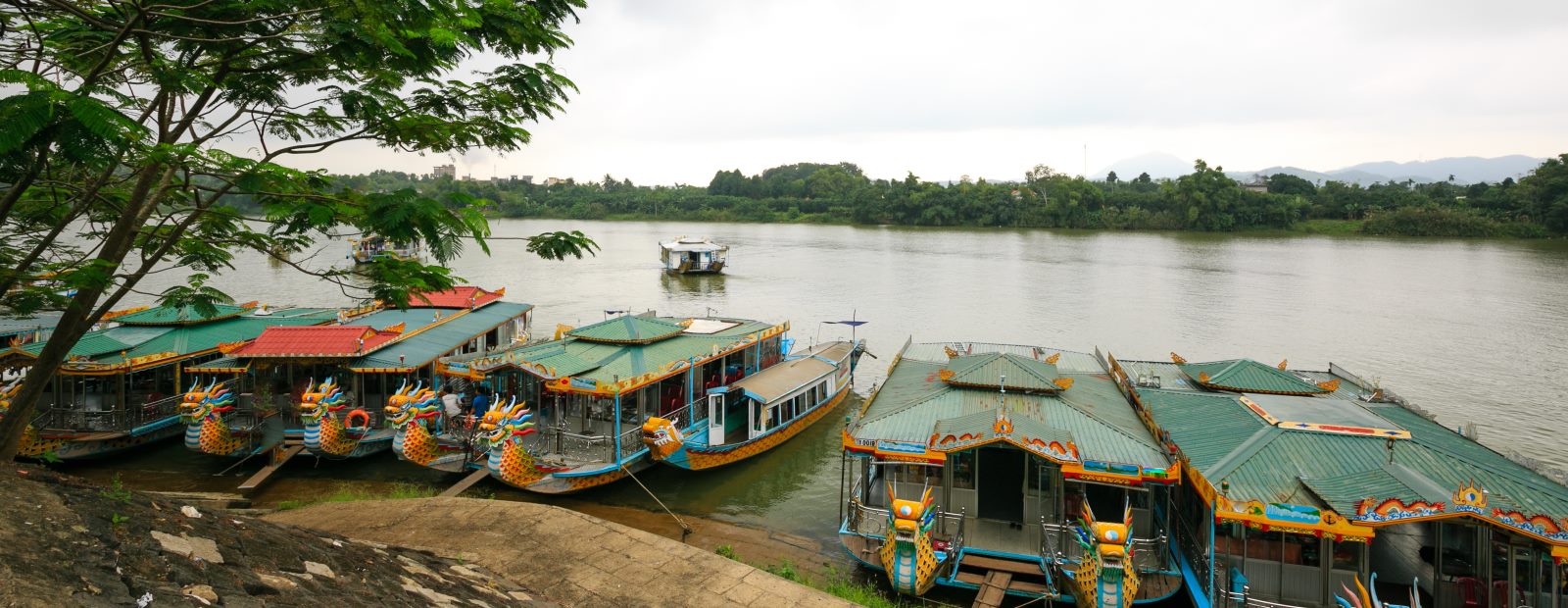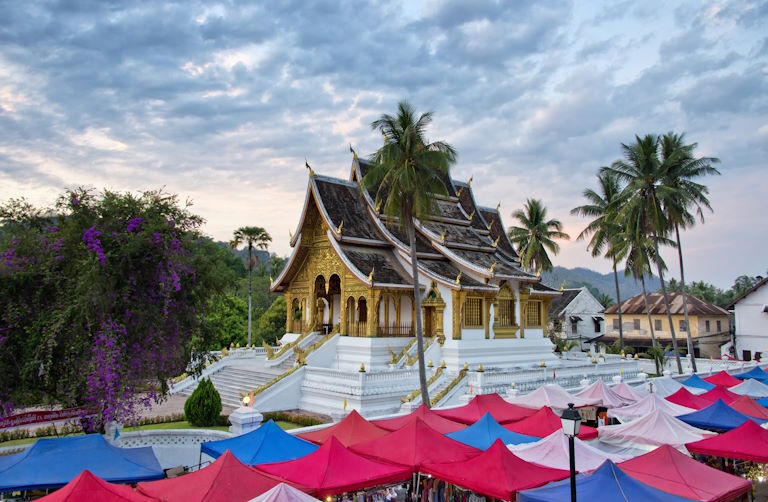Is it Safe for Women to Travel Alone in Southeast Asia?
Southeast Asia is one of the safest destinations for women to travel alone with confidence. But, is there anything to worry about? Claire Rogers shares her experience and tips.
 Photo © Getty Images/Oleh_Slobodeniuk
Photo © Getty Images/Oleh_Slobodeniuk
Travel throughout Southeast Asia is mostly safe for a woman on her own, especially in the tourist hotspots where locals are inundated with foreigners every day.
However, as a woman it’s always responsible to maintain a degree of caution and awareness in terms of dress, behavior, and etiquette; as sexual harassment and assault are still common.
Here are my tips to keep you safe, informed and travel with confidence throughout Southeast Asia.
- Street safety in Southeast Asia for Women
- Etiquette tips for female travelers
- Tips for women to stay healthy
- Experience Southeast Asia's nightlife safely
Women's safety on the streets of Southeast Asia
As a woman traveler, you can sometimes attract unwanted attention, whether that be from men, other women or children. Attention from locals is mostly harmless curiosity, and sometimes involves staring, a request for a photograph or a quick chat. Most of the time these interactions are pleasant and brief, although they can take some getting used to.
- Tip: If you're feeling uncomfortable or harassed, a forceful no and shake of the head sends the message of ‘do not disturb me.’
There can be instances where men continually follow or request a photograph, and if standing your ground and saying ‘No!’ doesn't work, finding a cafe or restaurant to enter directly sends the message to leave you alone.
- To further ensure your safety and to better grasp your surroundings, having a mobile phone with a working sim card is ideal. You can continue with your mobile plan at home (be aware of roaming charges), or obtain a local sim which ensures you are connected. Local sims are inexpensive and easy to obtain, or top up when required from airports and convenience stores
- Having a sim not only means you can send that Snapchat, post that Instagram, search for places to eat, or Google translate a phrase; but also means constant contact with people ensuring someone knows where you are at all times
- Having access to maps also assists you to plan a route, gauge how long it will take in real time walking, driving or via public transport. Download Maps.Me before leaving a Wi-Fi hotspot for offline maps available without connection
- Furthermore, it’s helpful when negotiating taxis to see which route they are taking or if they are overcharging you for a mile-long trip claiming ’it is very far’. Downloading maps to use offline is also sensible as there are some connection black spots throughout Asia.
Etiquette tips for female travelers
As a rule of thumb, always dress on the conservative side in Southeast Asia so you don't cause offense or draw attention, which means cover your shoulders and knees.
In the more modern major cities, dressing in shorts and dresses is the norm, but do still expect to receive some looks from locals.
When visiting a new country, it’s a good idea to dress on the conservative side and then gauge what's acceptable. Beach resort areas and major tourist hotspots are more accustomed to women in revealing clothing, however, a conservative outfit commands more respect.
Southeast Asia has a hot and humid climate, so you'll want to dress in lightweight clothes, however, all temples will require you to be covered. It’s a good idea to carry a sarong or scarf in your bag that you can use when you need to cover up for etiquette and religious reasons.
Etiquette varies throughout Asia, so don’t take offense if you aren’t occasionally acknowledged or are traveling with a male companion and he is addressed over you – women's independence isn’t yet fully embraced everywhere.
Tips for women to stay healthy
In terms of women's travel health, places that tourists frequent will have a larger supply and selection of sanitary products. If you are traveling to rural areas, consider stocking up – especially if you are particular on brands of pads or tampons. Try sustainable products that don't require you to dispose of sanitary items.
Experience Southeast Asia's nightlife safely
Southeast Asia has a thriving nightlife with a huge range of trendy bars, clubs, and restaurants. If you are traveling alone, or don’t feel comfortable tackling the nightlife by yourself, look for events run by hostels or tour operators; these aren't only pub-crawls for backpackers, but can also include food or cultural tours. Going on one of these means you have a planned route and a guide looking out for you, and it’s also a great way to meet people.
Whether you are on a tour or taking on the night by yourself, always be aware of your surroundings, and never leave your drink unattended as drink-spiking is still common.
If you are anywhere and it doesn’t feel right, leave!
Southeast Asia has Uber and Grab, which makes booking a ride home easy. Otherwise, use a reputable/suggested taxi company, and if you're unsure which ones are reliable, check with your accommodation.
Have you traveled Southeast Asia alone? Share your tips to stay safe below!
Related articles
Simple and flexible travel insurance
You can buy at home or while traveling, and claim online from anywhere in the world. With 150+ adventure activities covered and 24/7 emergency assistance.
Get a quote


No Comments